Dlyfull D1 Smart Charger
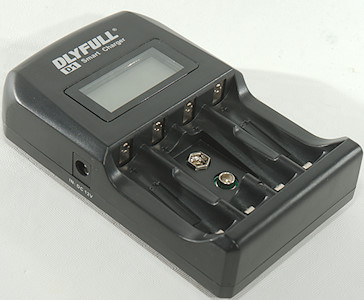
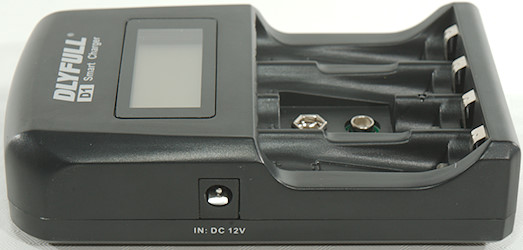

This is a simple NiMH AA/AAA and 9V charger from DLYFULL, it is mains or 12V powered.
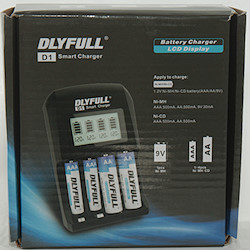
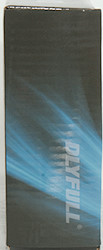
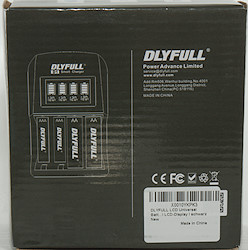

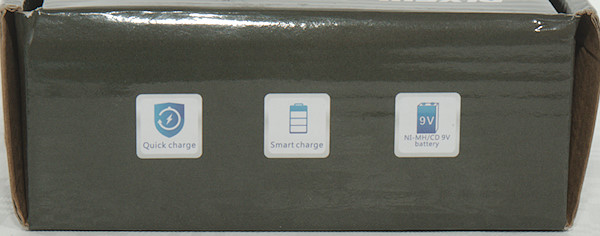

I got the charger in a cardboard box with some specifications on.
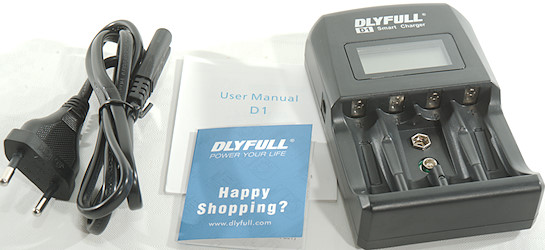
The pack contained the charger, a instruction sheet and good mains cable.
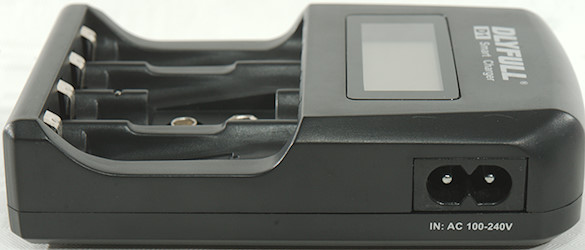
The charger can be powered from both mains and from 12V DC, one connector on each side of the charger.
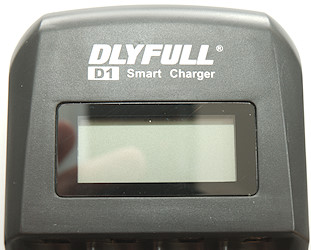
The charger has a display, but no buttons or switches.

During power on all segments are shortly turned on.
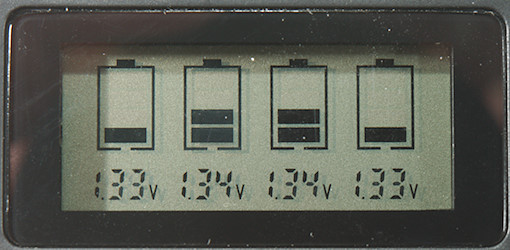
While charging the battery symbols are animated and the charger shows voltage on the battery.

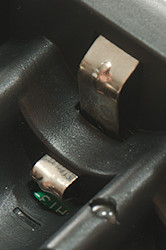

The charger has the typically two level slots used for AA and AAA batteries.
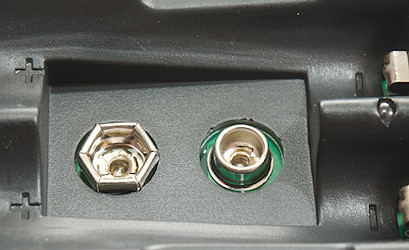
There is also a 9V battery connector between the slots, it has a green led next to it that will flash while charging and show steady green when done. The led is only one when a battery is mounted in the connector. The display is not used when charging 9V batteries.


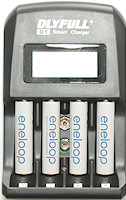
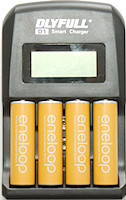
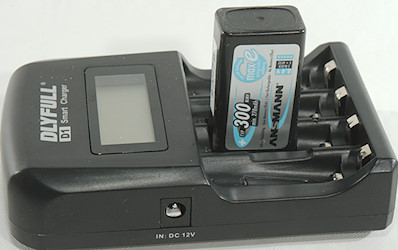
Measurements charger
- When not powered it will discharge AA/AAA with less than 0.01mA
- When not charging it will discharge 9V with 0.3mA
- The voltmeter is within 0.01V and measure voltage with current off.
- Mains cable is 2x32mOhm, this is good.
- Power consumption when idle is 0.3 Watt
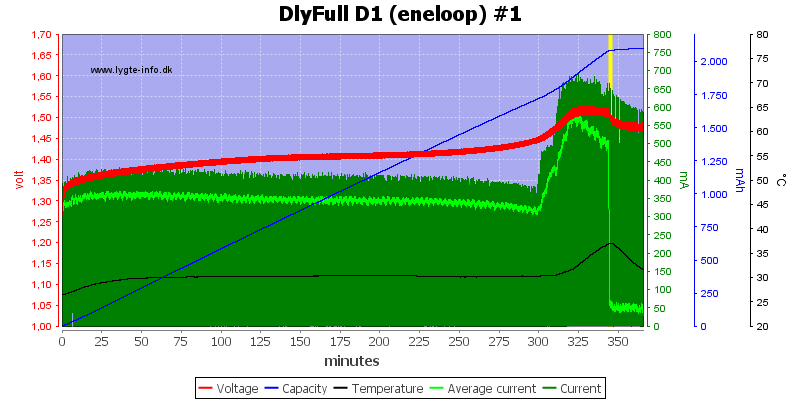
The charger uses -dv/dt termination, but is also increases current when the battery is nearly full.
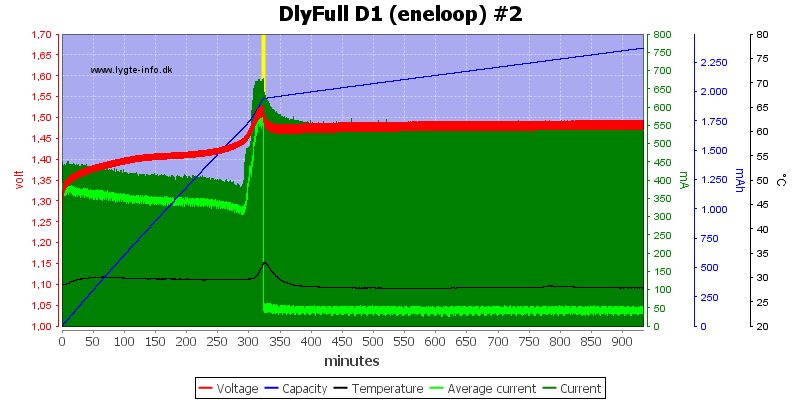
When regular charging is finished it uses a trickle charge of about 50mA.
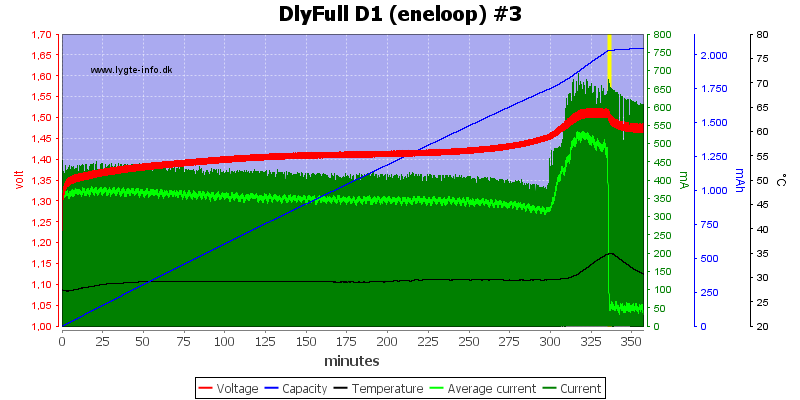
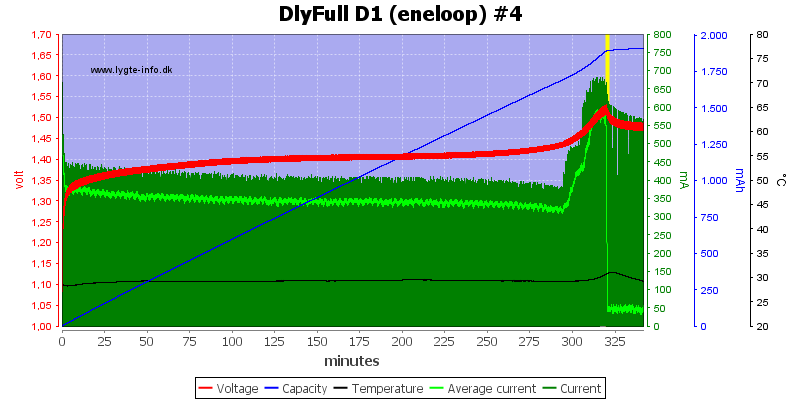
These two slots looks similar to the other slots.
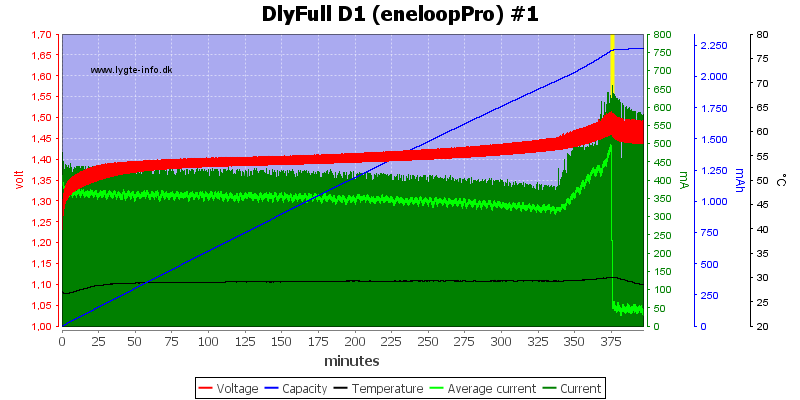
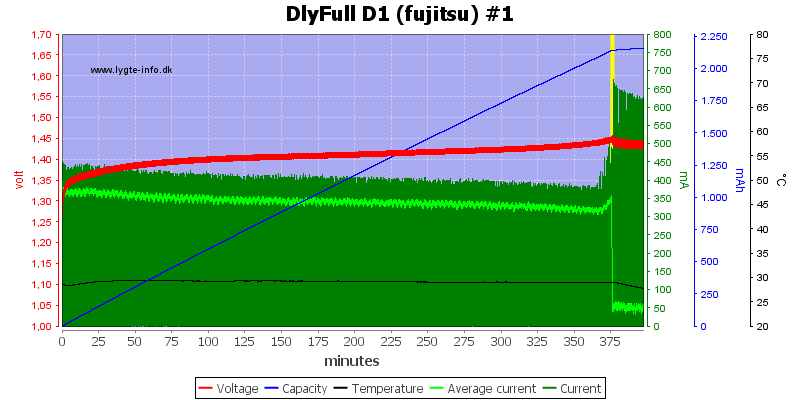
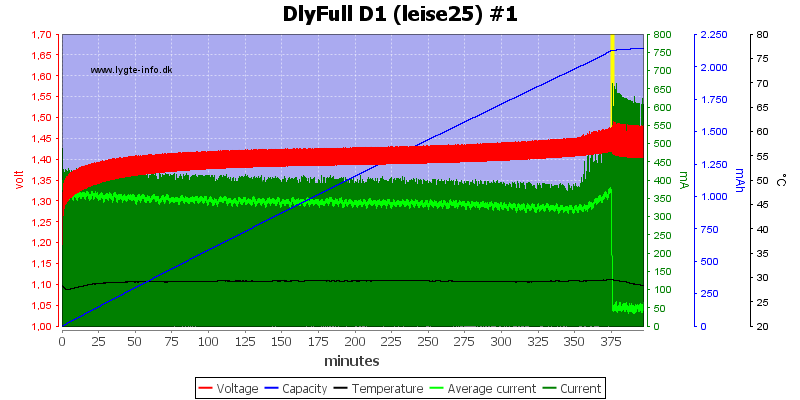
With high capacity cells there is no obvious -dv/dt termination and the batteries do not look full. The interesting part is that all batteries are charged 375 minutes (6 hours 15 minutes) and all get the same amount of capacity charged.
Using a time limit to stop charging in addition to a -dv/dt termination is generally a good idea, but I could have wished for a slightly longer time here. Like about 400mAh or 1 hour longer, that is enough to fill all current NiMH.
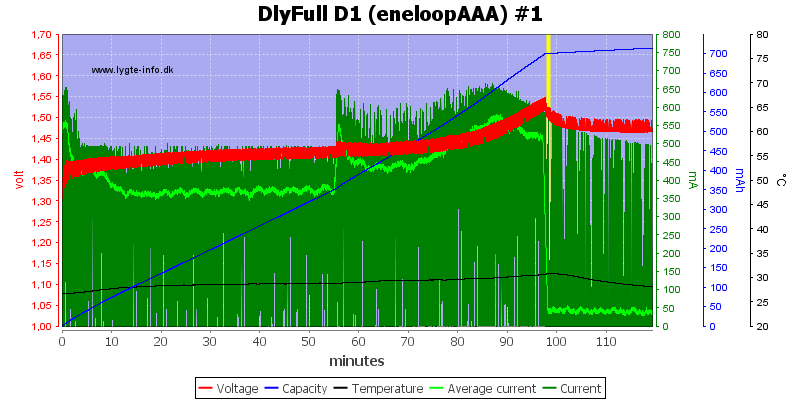
The AAA charging uses same current as the AA, this is fine because the current is low enough for AAA.

Using -dv/dt it takes some time to detect a full cell, here it is 15 minutes.
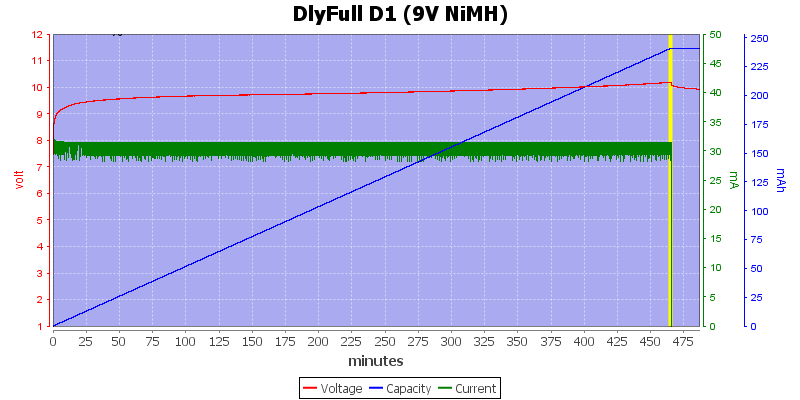
A 9V battery is charged in about 470 minutes (Nearly 8 hours) with 30mA, but is it full (Testing the full battery I got a capacity of 245mAh)?
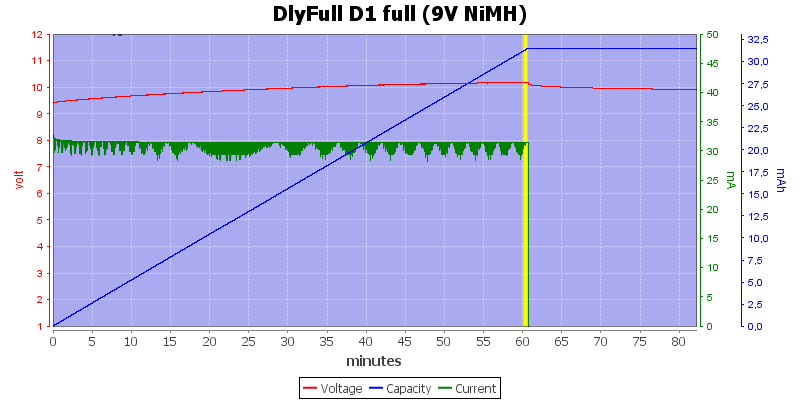
Lets try with a full 9V cell, the termination is faster this time. I do not see the typically voltage raise of a full cell in either case, maybe due to the low current.

The 12V input needs about 400mA when charging four cells.

The charging of four batteries is similar to one battery, the current is not reduced.
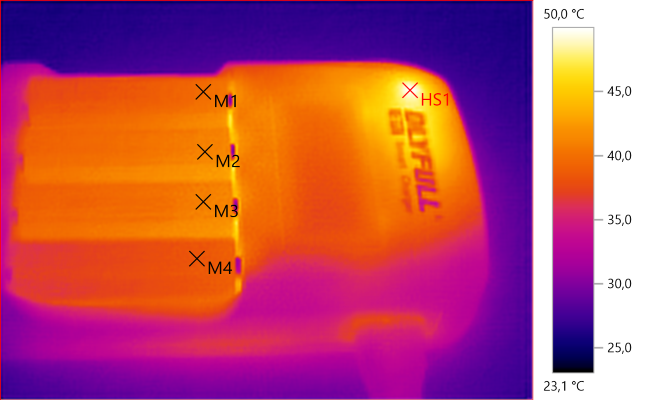
M1: 39.9°C, M2: 41.0°C, M3: 40.8°C, M4: 38.3°C, HS1: 50.0°C
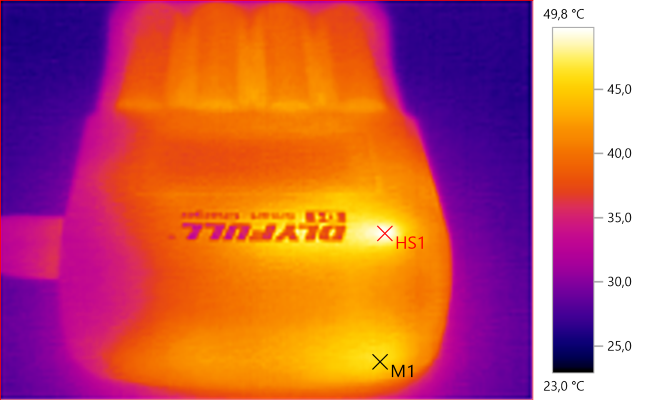
M1: 45.9°C, HS1: 49.8°C
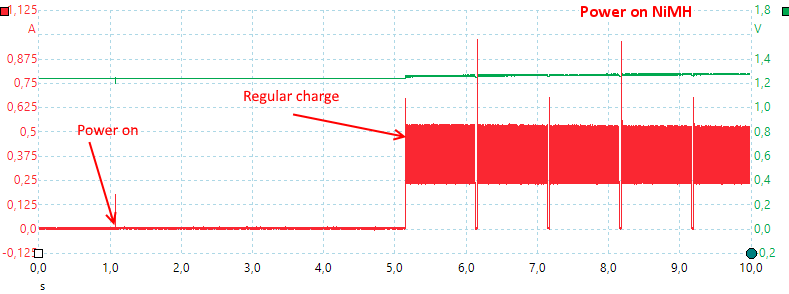
The charger needs about 4 seconds to initialize.
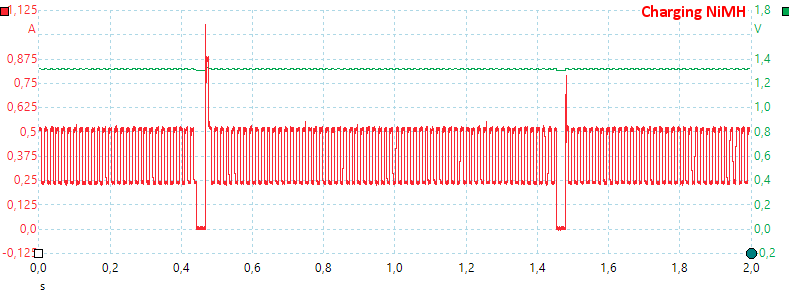
As usual the current is pulsed, here at 1 second intervals. The actual current regulation looks fairly low in frequency.

The pulsing has levels, there is also a 10 second pulsing with 1 second pause.
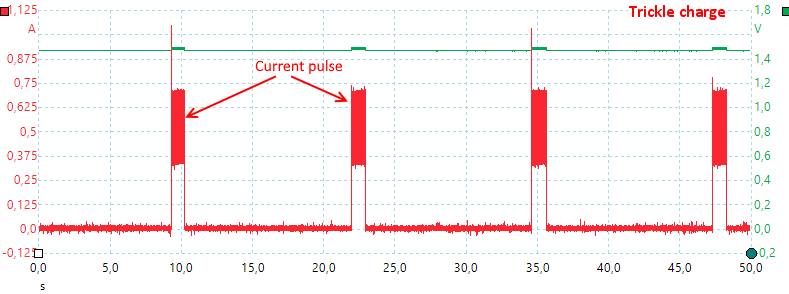
The trickle charger uses a 1 second current pulse each 12.6 second at about 520mA, this gives 41mA average trickle charging.
Conclusion
The charger works well for AA/AAA NiMH at 2000mAh or lower, but due to a time limit cannot full charge empty high capacity NiMH cells (if the cell is only partially discharged it will work fine). There is some trickle charge at around 40mA.
The 9V uses a low current and takes longer to charge than AA batteries.
For cells within the capacity range of the charger it works fine and the timed termination means the full current charge is always limited, but it would be be nice if the timed termination was extended to handle all NiMH cells.
Notes
Here is an explanation on how I did the above charge curves: How do I test a charger









































